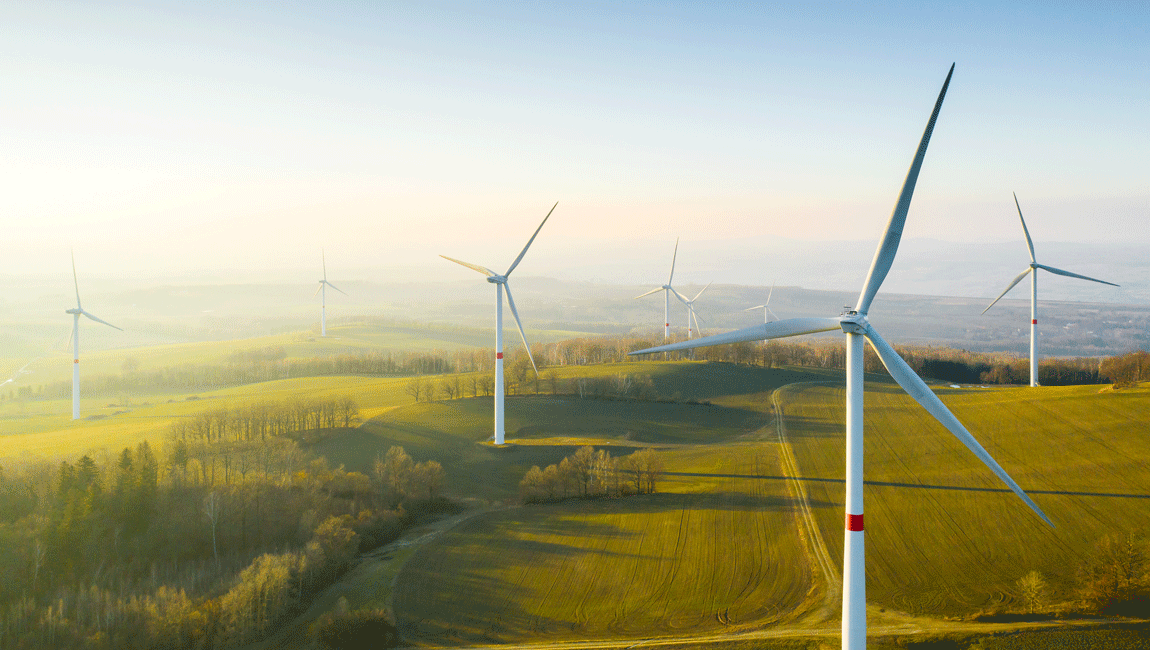
The Internal Communications team spoke to Heiko Dirks about this.
He is Continental Europe Regional Director for Project Management at Prysmian.


The Internal Communications team spoke to Heiko Dirks about this.
He is Continental Europe Regional Director for Project Management at Prysmian.
What is the current status of the cable production for the SuedLink?
Through parallel, early production in several European plants, we can - in coordination with the transmission system operators - optimize the future project processes. We currently expect production to be completed in the second half of 2025.
When and how do you produce the SuedLink cables?
In the first production step, the electrical conductor is produced with the so-called conductor stranding. In this process, wires with good electrical conductivity, e.g. copper, are twisted with and among each other to form a cable. The conductor stranding is followed by the extrusion of the insulation. During the first extrusion, the conductor is electrically insulated. This insulation consists of three layers of very special plastics that allow the very high electrical DC voltage of 525 kilovolts to be applied to the conductor. Outside the insulation, materials are wound onto the cable that swell when they come into contact with water, so that if the cable is damaged, water cannot enter it. This layer also contains fibre optic elements, which are used, among other things, to monitor the temperature of the cable in use. In the last production step, the cable is covered with a protective sheath made of polyethylene in the course of a second extrusion. The extrusion of plastics plays a decisive role. In an extruder, the granulate is then compressed by a screw until it becomes liquid. This liquid plastic is applied to the surface of the inner cable element in such a way that it evenly coats the cable.
What is special about the SuedLink cables?
Prysmian produces a 525 kV high-voltage direct current underground cable system for SuedLink, which allows a transmittable power of two gigawatts on a single system. A particular advantage is the minimised space consumption - the 525 kV technology allows a reduced amount of cable to transmit the same power compared to 320 kV systems, for example. This means less construction work is required when installing the system, including trench widths.

